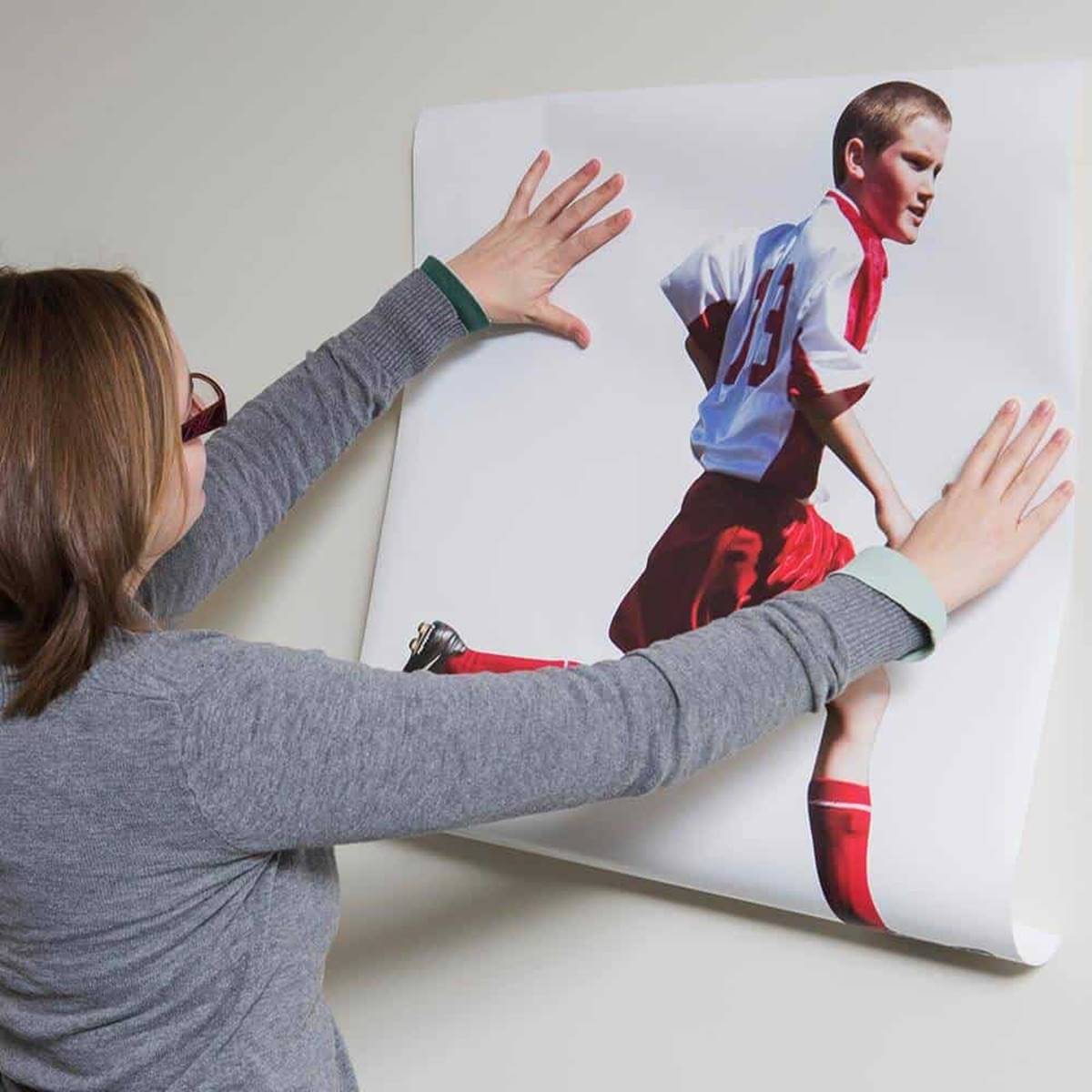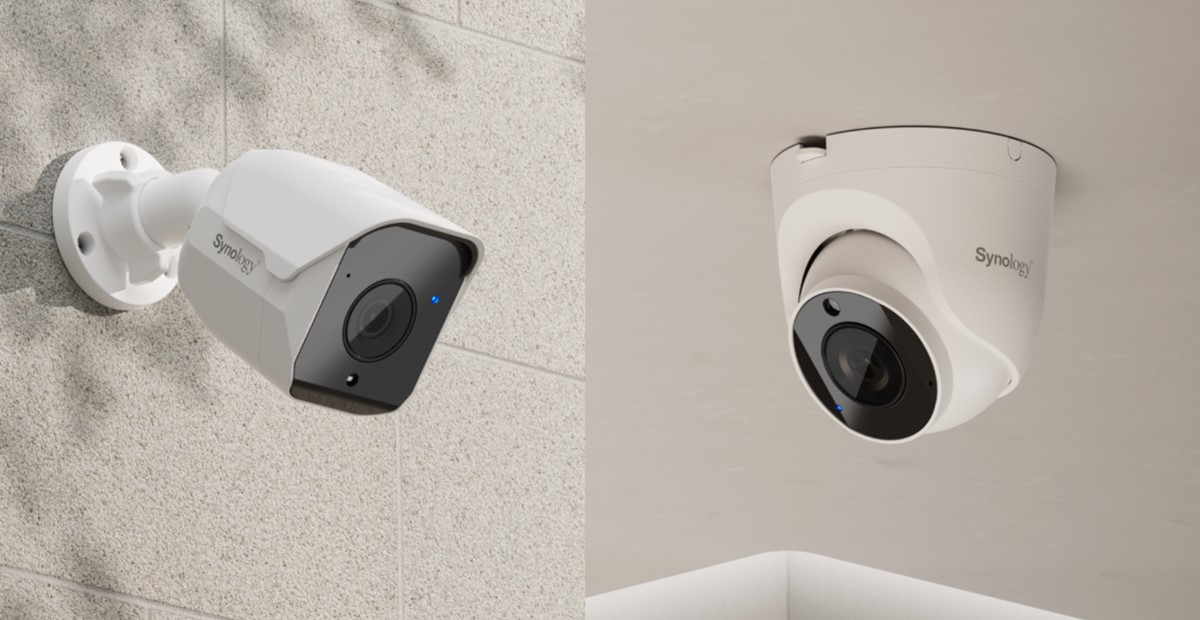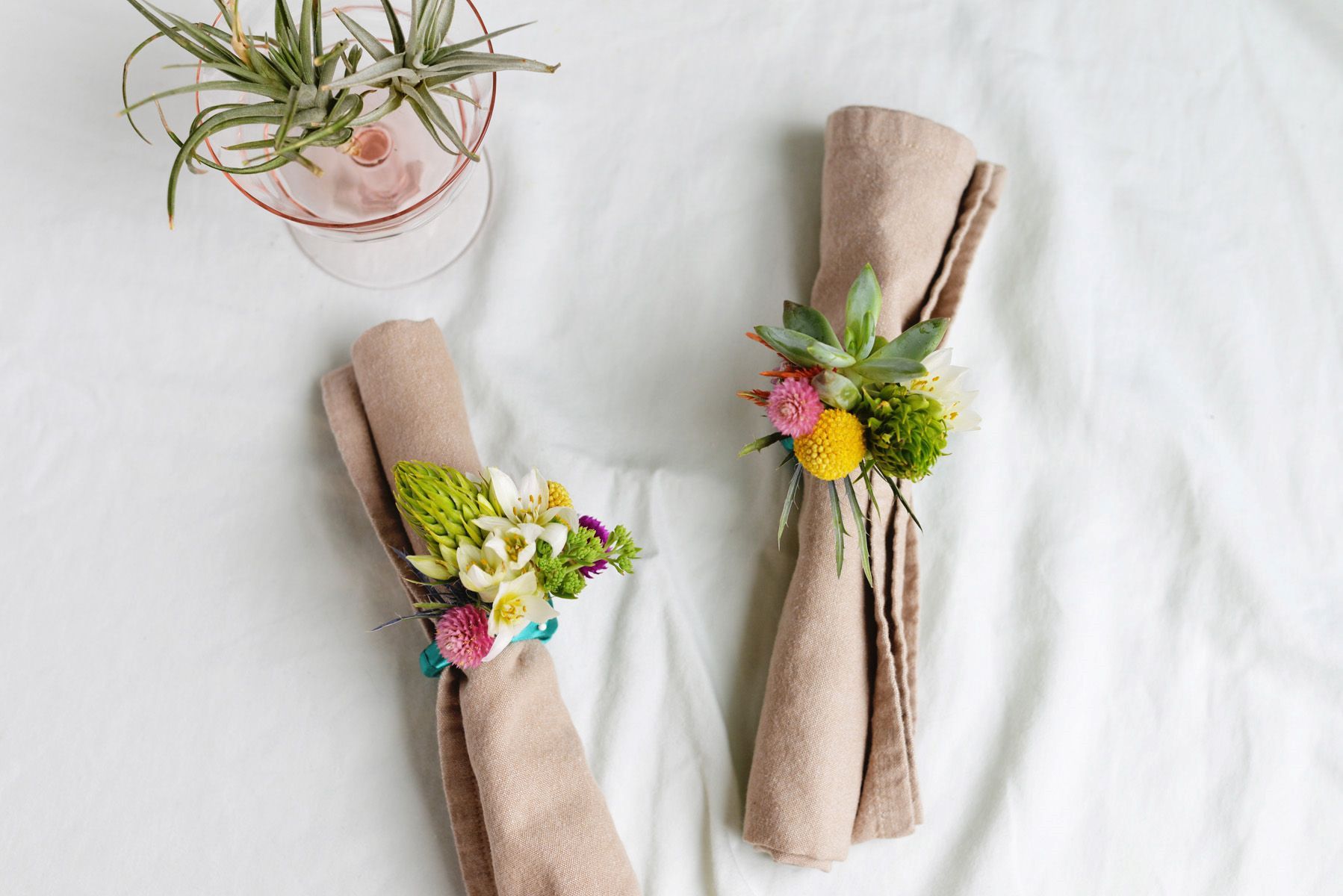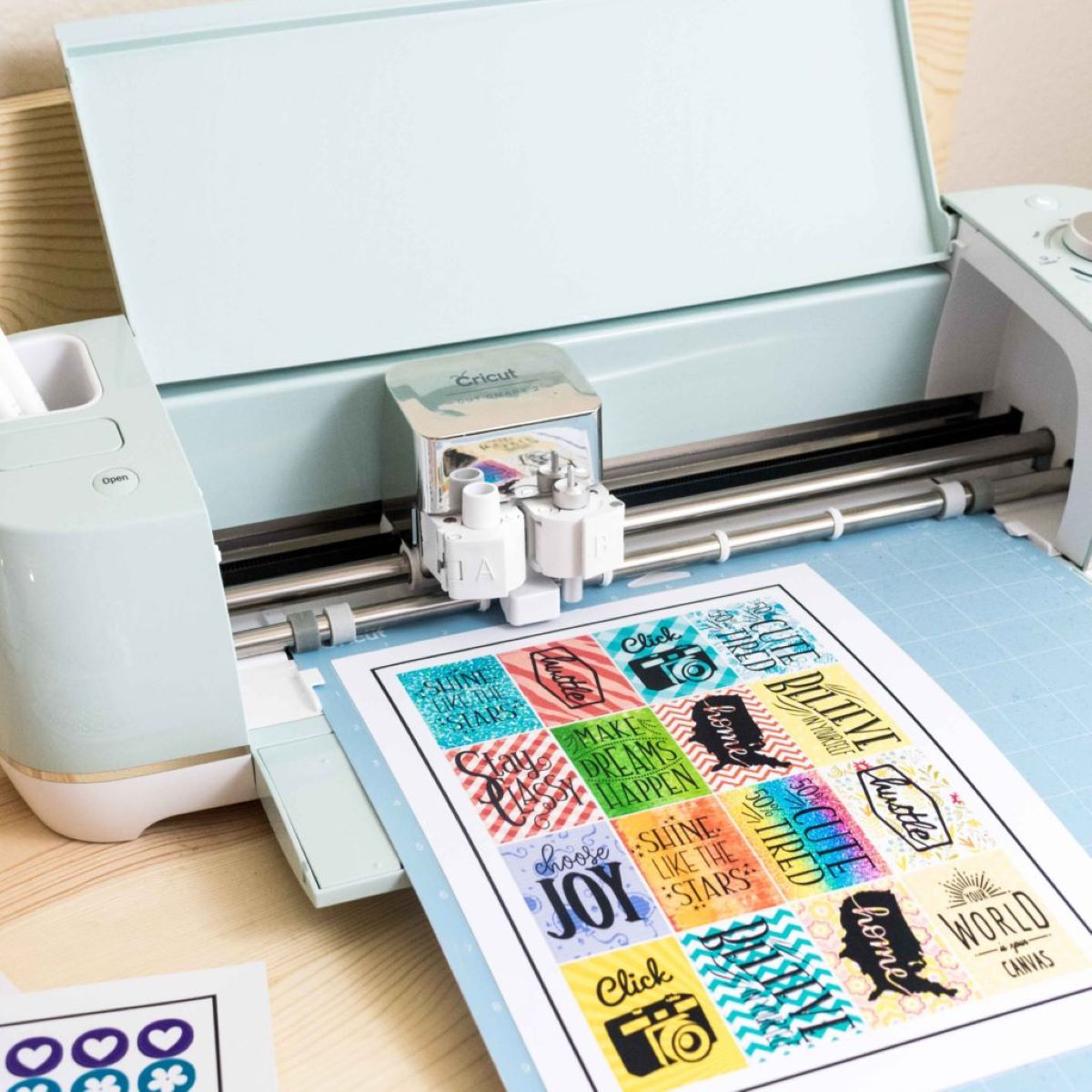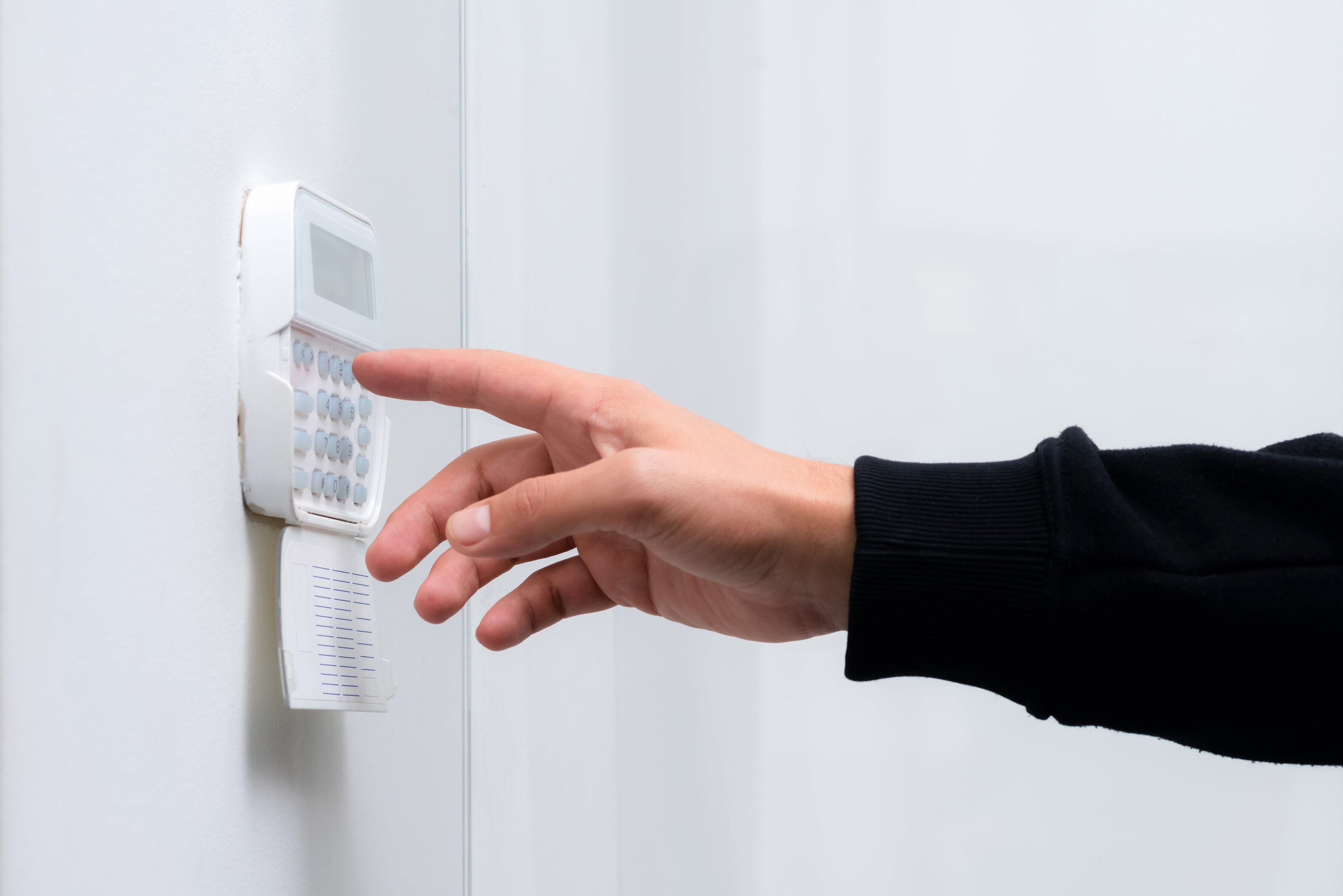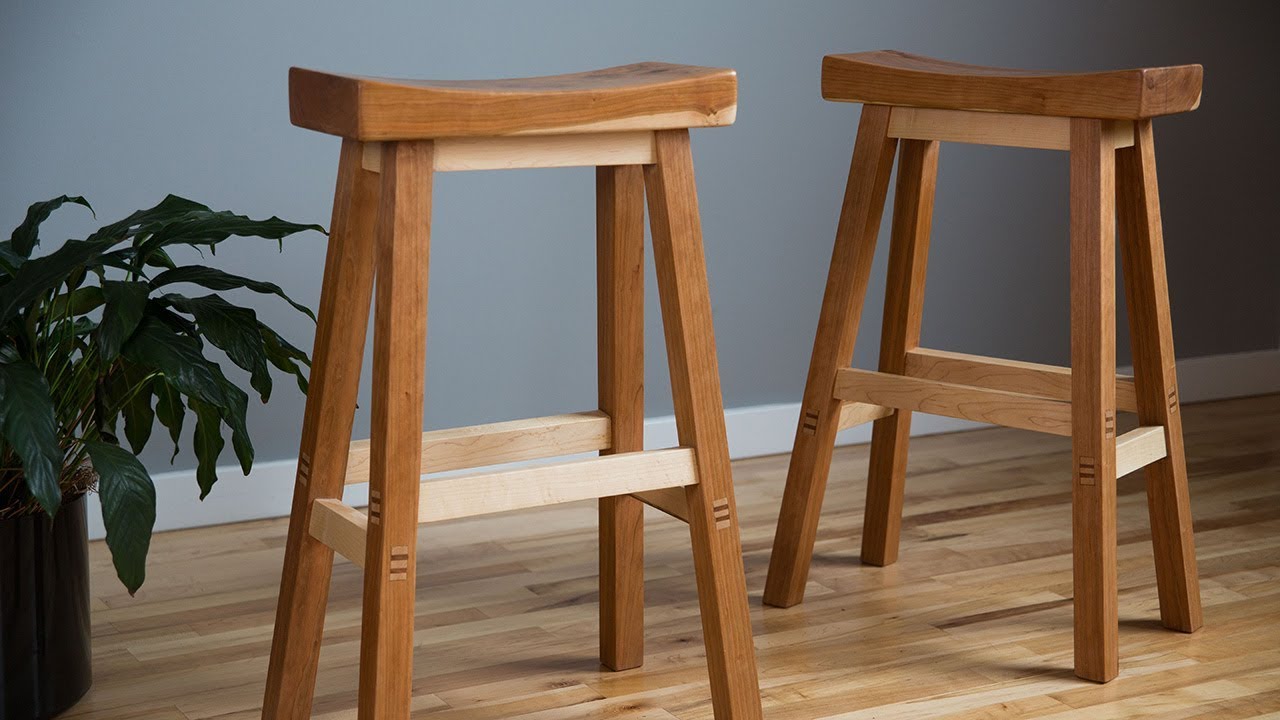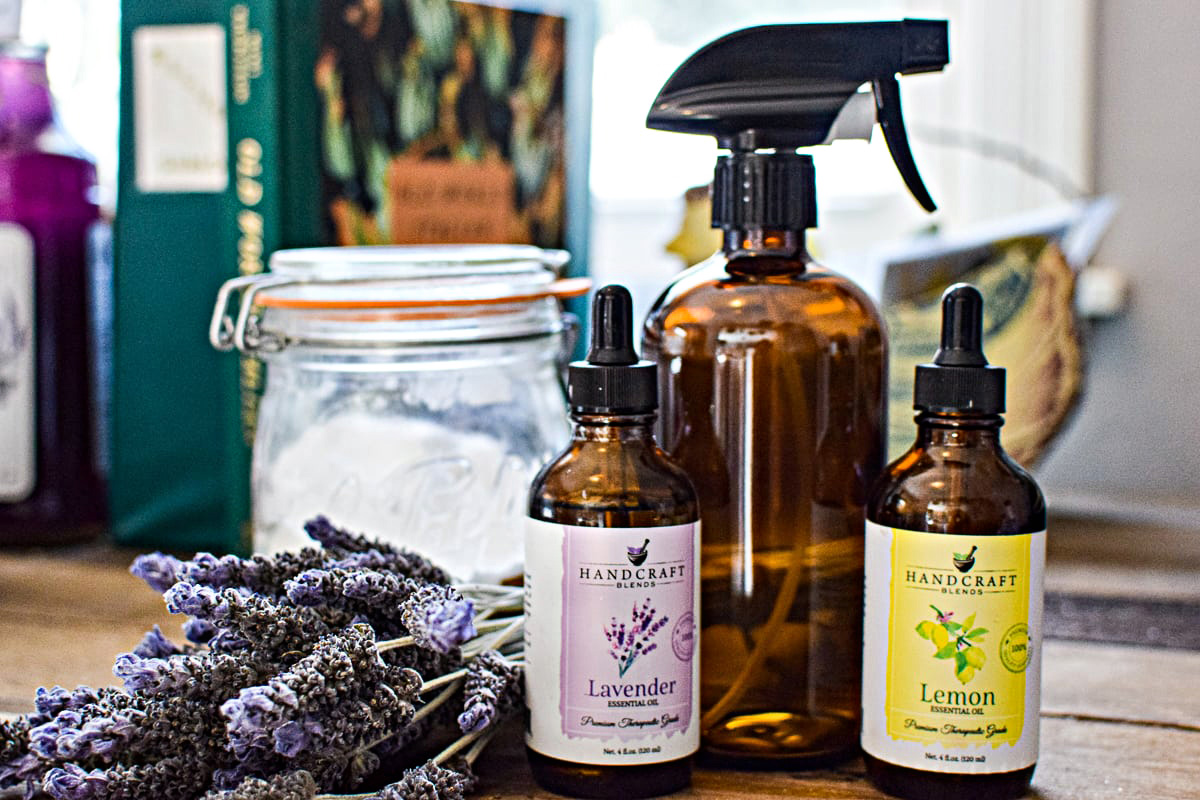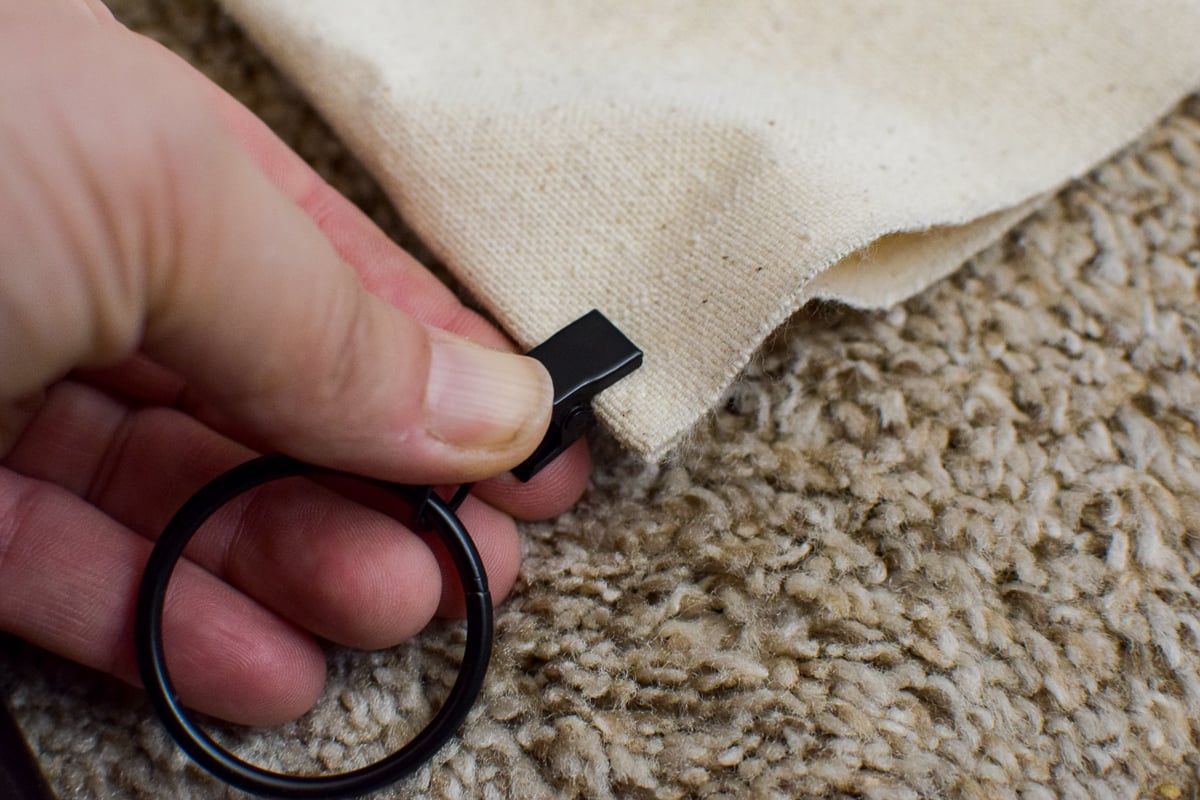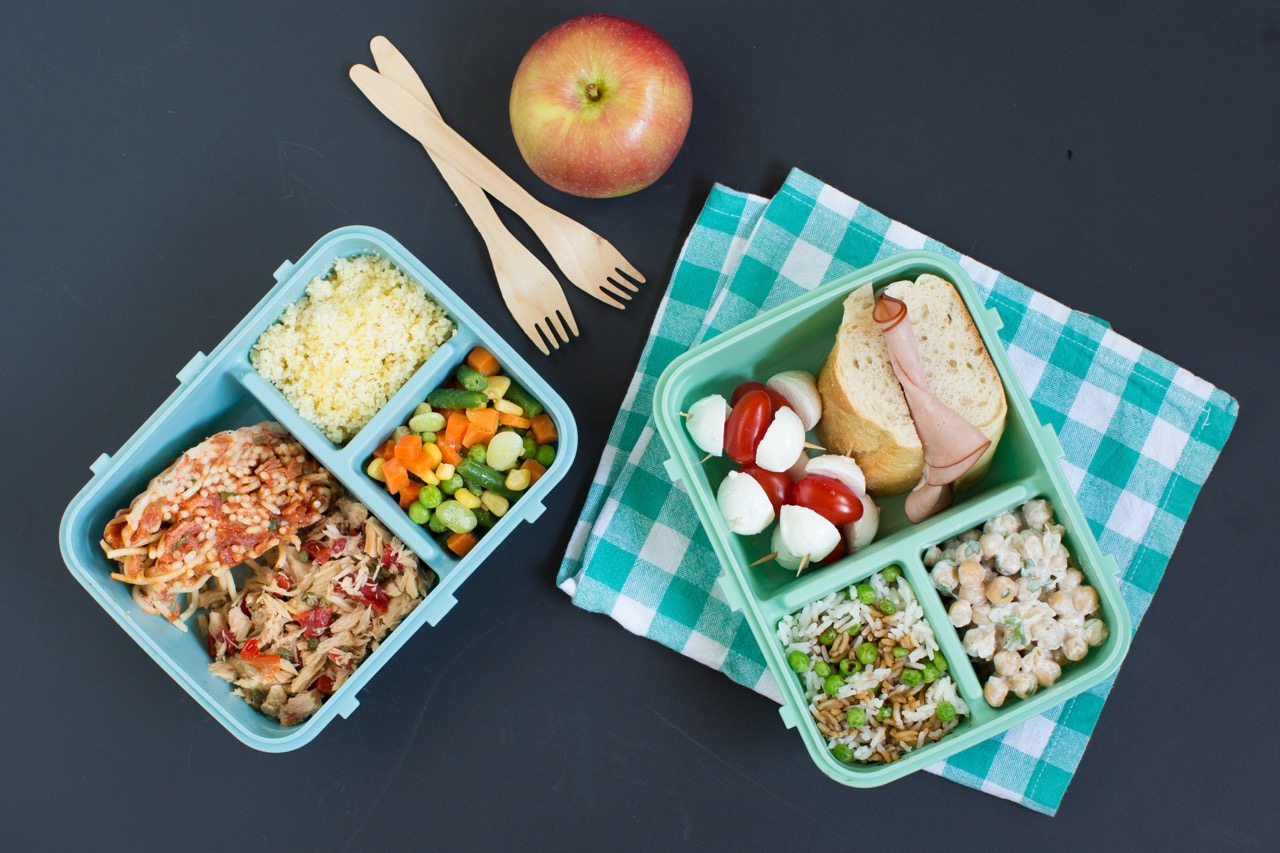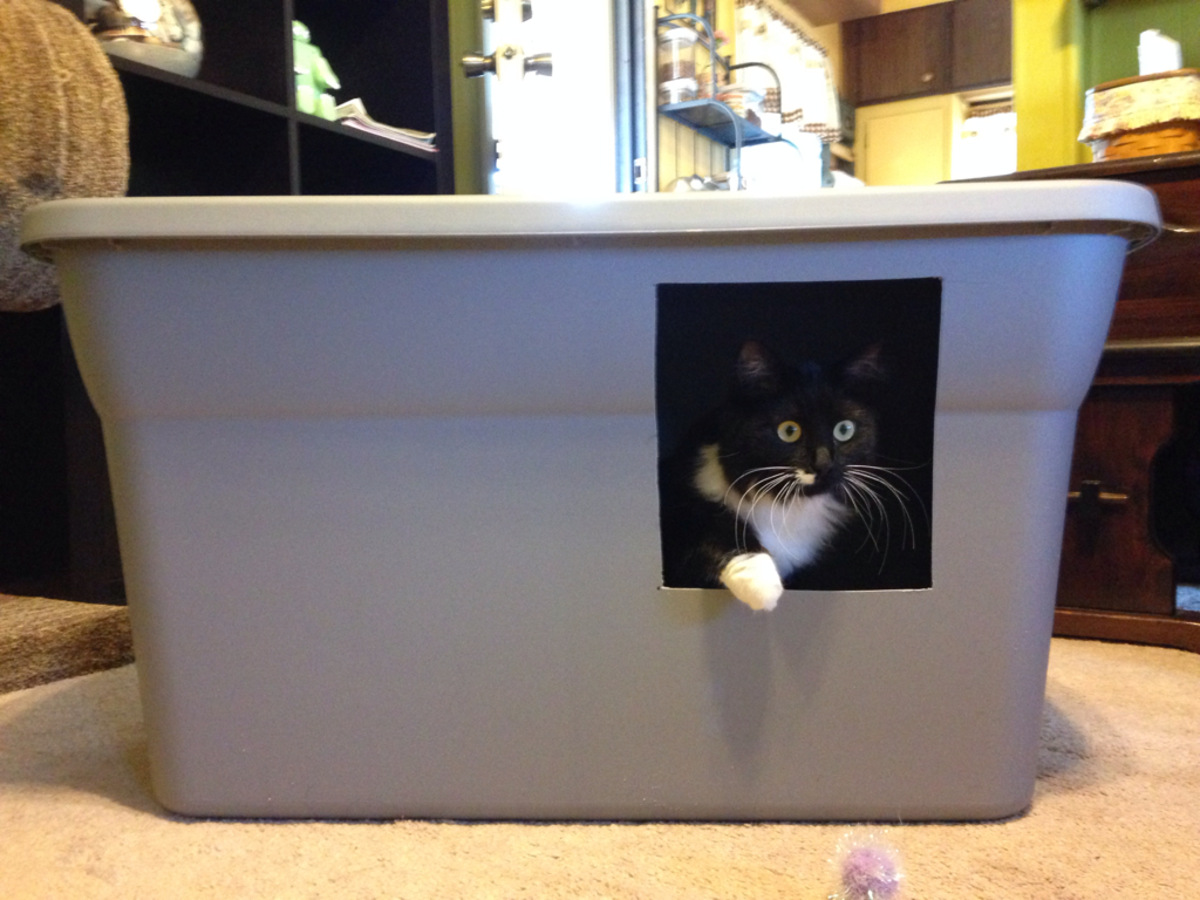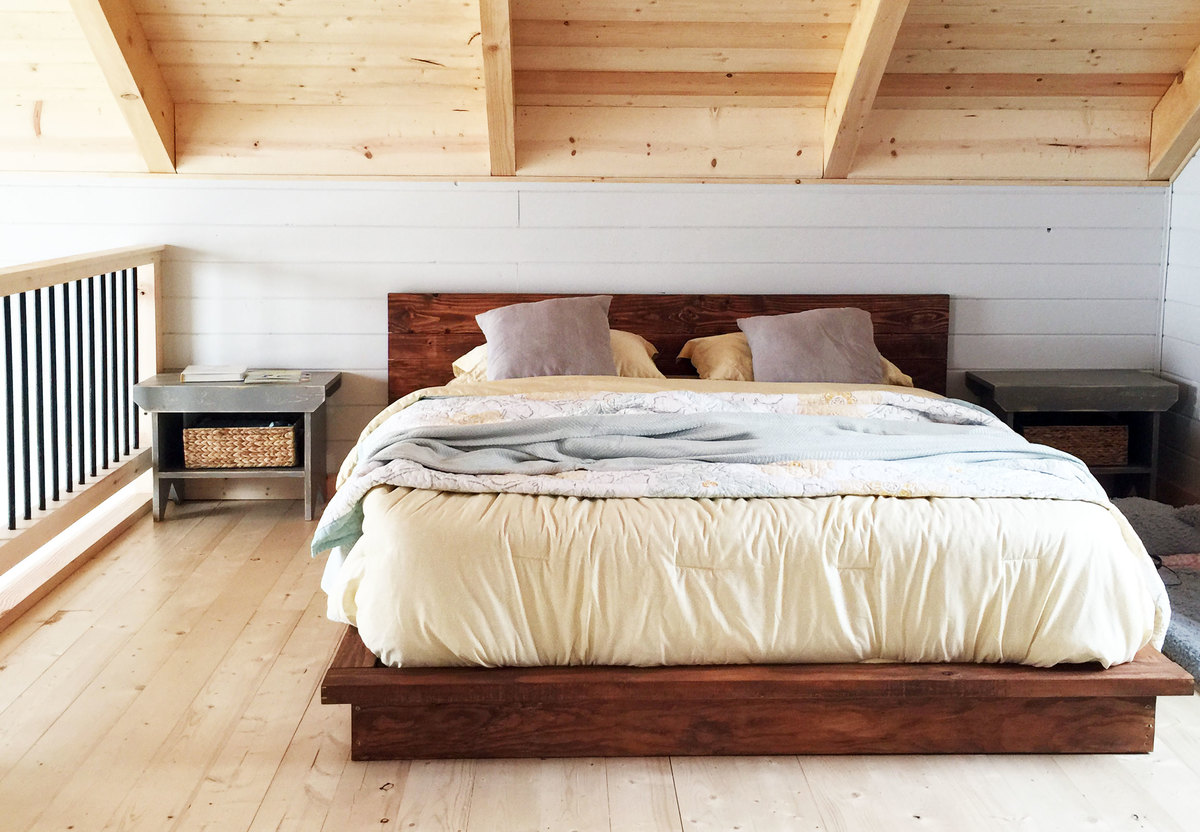Home>Furniture>Bedroom Furniture>How To Make Your Own Mattress
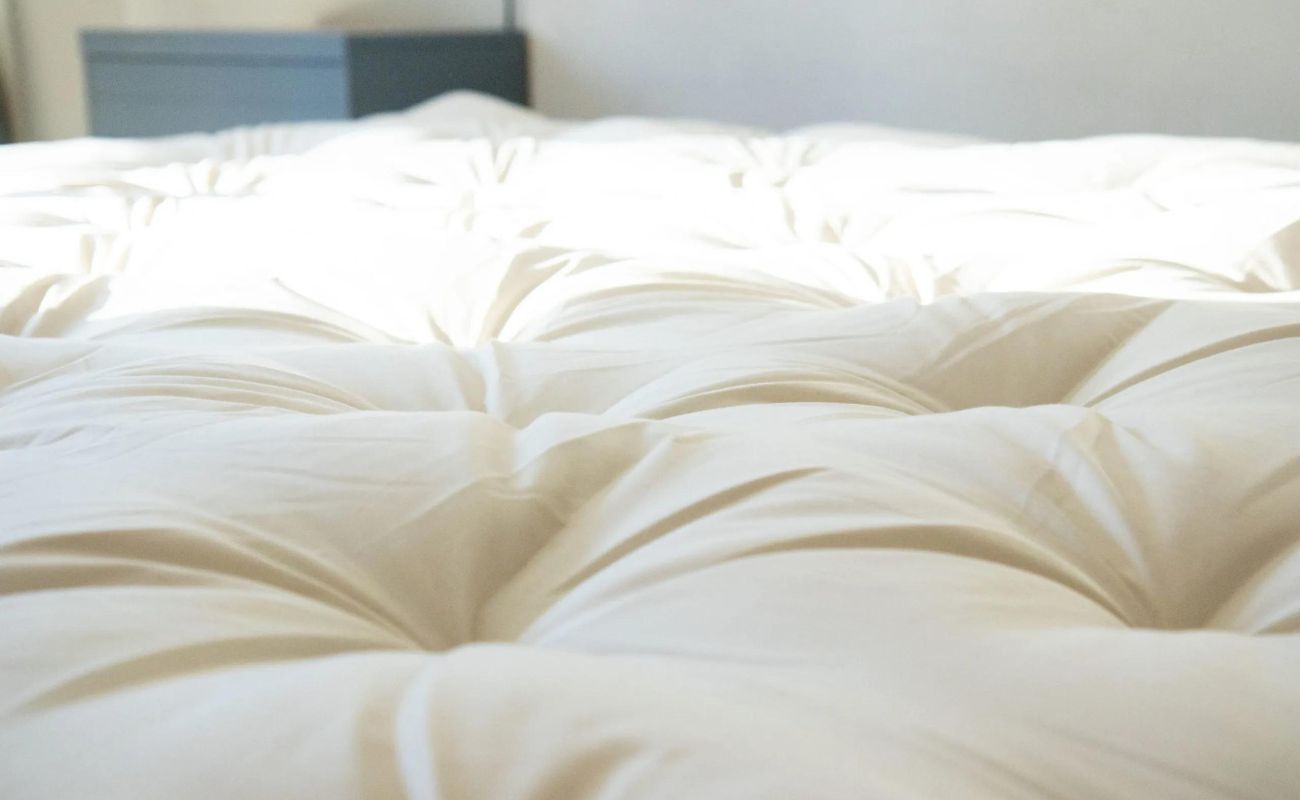

Bedroom Furniture
How To Make Your Own Mattress
Modified: January 6, 2024
Learn how to create your own custom mattress with our easy-to-follow guide. Upgrade your bedroom furniture with this DIY project.
(Many of the links in this article redirect to a specific reviewed product. Your purchase of these products through affiliate links helps to generate commission for Storables.com, at no extra cost. Learn more)
Introduction
Welcome to the ultimate guide on how to make your own mattress! Are you tired of mediocre mattresses that just don’t provide the comfort and support you need for a good night’s sleep? Look no further! By following our step-by-step instructions, you’ll be able to create a custom-made mattress that meets your specific needs and preferences.
A good mattress is crucial for a restful sleep, as it plays a significant role in maintaining a healthy posture and providing proper support to your body. While there are numerous options available in the market, making your own mattress gives you the freedom to choose the materials, dimensions, and firmness that perfectly align with your sleep requirements.
Not only is making your own mattress a satisfying and rewarding experience, but it can also save you money in the long run. Ready-made mattresses can be quite expensive, particularly those that offer high-end features and materials. By creating your own, you can achieve the same level of quality without breaking the bank.
Before we dive into the step-by-step process, let’s take a moment to gather the materials and tools you’ll need to create your personalized mattress.
Key Takeaways:
- Create a custom-made mattress to meet your unique sleep needs and preferences. Save money and enjoy a satisfying DIY project while achieving the perfect level of comfort and support for a restful night’s sleep.
- Take control of your sleep experience by designing a personalized mattress. Enjoy the satisfaction of a truly customized sleep surface tailored to your specific comfort and support requirements.
Read more: How To Make Your Own Blinds
Step 1: Gather Materials and Tools
Before you start making your own mattress, it’s important to ensure you have all the necessary materials and tools at hand. Here’s a list of what you’ll need:
- High-quality foam: This will serve as the core of your mattress. Choose a foam type and density that suits your comfort preference.
- Fabric for the cover: Look for a durable and breathable fabric that will encase the foam and provide a comfortable surface for sleeping.
- Measuring tape: This will help you accurately measure the dimensions of the foam and fabric.
- Sharp utility knife or electric foam cutter: You’ll need this to cut the foam to the desired dimensions.
- Sewing machine or needle and thread: If you’re creating a quilted cover, a sewing machine will make the process faster and more convenient. Alternatively, you can hand-sew the cover using a needle and thread.
- Scissors: These will come in handy for cutting the fabric.
- Measuring and marking tools: Rulers, straight edges, and marking pens will help you measure and mark the fabric accurately.
- Optional: Additional layers or features such as mattress toppers, pillow tops, or extra padding for enhanced comfort.
Once you have gathered all the necessary materials and tools, you’re ready to move on to the next step: measuring and cutting the foam.
Step 2: Measure and Cut the Foam
Now that you have all the materials and tools ready, it’s time to measure and cut the foam to the desired dimensions. Follow these steps:
- Measure the bed frame: Use a measuring tape to determine the dimensions of your bed frame. This will help you determine the size of the foam you need to cut for a perfect fit.
- Mark and measure the foam: Place the foam on a flat surface and use a ruler and marking pen to mark the dimensions based on your bed frame measurements. Ensure that the markings are accurate and straight.
- Cut the foam: If you’re using a sharp utility knife, carefully follow the markings and make a clean, straight cut through the foam. If you’re using an electric foam cutter, simply glide it along the marked lines to cut the foam to the desired size.
- Double-check the size: Once you have cut the foam, double-check its dimensions by placing it in the bed frame. It should fit snugly without any gaps or overhang.
Remember, accuracy is key when measuring and cutting the foam. Take your time to ensure precise measurements and clean cuts to achieve the perfect fit for your custom-made mattress.
With the foam cut to size, it’s time to move on to the next step: sewing the cover to encase the foam.
Step 3: Sew the Cover
Now that you have the foam cut to size, it’s time to create a cover that will encase and protect the foam while providing a comfortable surface for sleeping. Follow these steps to sew the cover:
- Prepare the fabric: Lay out the chosen fabric on a flat surface and ensure it is free from wrinkles or folds. Iron it if necessary to create a smooth surface for sewing.
- Measure and mark the fabric: Using a measuring tape, measure and mark the dimensions for the cover, leaving a seam allowance on all sides. This will ensure that the cover fits snugly around the foam.
- Cut the fabric: Use scissors to cut the fabric along the marked lines. Take care to make clean and even cuts for a professional-looking finish.
- Pin the fabric: Place the cut fabric pieces together with the right sides facing each other. Use pins to secure the edges and corners, ensuring that they align correctly.
- Sew the cover: Set up your sewing machine with a suitable thread and needle. Sew along the pinned edges, removing the pins as you go. Backstitch at the beginning and end of each seam to secure the stitches.
- Trim excess fabric: Once the seams are sewn, use scissors to trim any excess fabric and create a neat and tidy appearance.
- Optional: If you prefer a quilted cover, use a sewing machine or hand-sew decorative stitches across the fabric to create quilted patterns. This can add an extra touch of style to your custom-made mattress.
With the cover sewn, it’s time to move on to the next step: inserting the foam into the cover to complete your custom-made mattress.
Step 4: Insert the Foam into the Cover
Now that you have the cover sewn, it’s time to insert the foam into the cover to complete your custom-made mattress. Follow these steps:
- Prepare the cover: Ensure that the cover is clean and free from any dirt or debris. If needed, give it a quick vacuum or wipe it down with a damp cloth to remove any dust.
- Open the zipper or closure: If your cover has a zipper or closure, unzip or open it fully to create a wide opening for inserting the foam.
- Position the foam: Place the foam at one end of the cover and gently guide it in, making sure it sits flush against the corners and edges.
- Smooth out the cover: As you insert the foam, carefully smooth out the cover around it, ensuring that there are no wrinkles or lumps.
- Zip or close the cover: Once the foam is fully inserted and the cover is smooth, close the zipper or fasten the closure securely.
- Adjust and align the cover: Give the mattress a gentle shake or pat to evenly distribute the foam within the cover. Adjust and align the cover as needed to ensure it sits evenly on the mattress.
With the foam inserted into the cover, your custom-made mattress is taking shape. Now it’s time to consider any additional layers or features you may want to add to enhance comfort and support.
Move on to the next step: adding any extra layers or features to your mattress.
When making your own mattress, be sure to choose high-quality materials such as natural latex, organic cotton, and wool for a comfortable and durable sleep surface.
Read more: How To Make Your Own Tool Box
Step 5: Add any Additional Layers or Features
Now that you have your foam securely encased in the cover, it’s time to consider adding any extra layers or features to enhance the comfort and support of your custom-made mattress. Here are a few options to consider:
- Mattress toppers: If you prefer a softer or more plush sleeping surface, you can add a mattress topper on top of the foam. Toppers can be made from materials such as memory foam, latex, or down feathers.
- Pillow tops: Similar to mattress toppers, pillow tops provide an extra layer of cushioning and comfort. They are typically quilted and sewn onto the top surface of the mattress.
- Extra padding: If you find the foam to be too firm, you can add additional padding layers between the foam and the cover. This can be achieved by using mattress pads or even beddings such as comforters or blankets.
- Temperature-regulating materials: If you tend to sleep hot or cold, you can consider adding special materials to regulate the temperature of your mattress. Options include gel-infused foam, breathable fabrics, or even mattress covers designed for thermal regulation.
- Customized support zones: Depending on your sleep preference and body needs, you can create customized zones within the mattress by adding firmer or softer foam sections. This allows for targeted support to different areas of your body.
Take your time to explore these options and choose the ones that best suit your needs and preferences. Adding these extra layers or features will further personalize your mattress and ensure a comfortable sleep experience.
With any additional layers or features added, it’s time to secure your mattress to prevent any shifting or movement. Move on to the next step: securing the mattress.
Step 6: Secure the Mattress
After adding any additional layers or features to your custom-made mattress, it’s important to secure it properly to prevent any shifting or movement. Follow these steps to ensure your mattress stays in place:
- Check the cover closure: Ensure that the zipper or closure is securely fastened and there are no gaps or openings. This will help keep the foam and any added layers in place.
- Consider mattress ties or straps: If you want to provide extra security, you can use mattress ties or straps to anchor the mattress to the bed frame. These can be attached to the corners or sides of the mattress and secured to the frame.
- Use a mattress protector: To further protect your custom-made mattress and keep it in good condition, consider using a mattress protector. This will provide an additional layer of protection against spills, stains, and dust.
- Test for stability: Give your mattress a gentle shake or press down on different areas to ensure it feels stable and well-secured. Make any necessary adjustments to the cover or fastenings if needed.
Securing your mattress is essential for an optimal sleep experience. By following these steps, you can ensure that your custom-made mattress stays in place and provides the support and comfort you desire.
With your mattress securely in place, it’s time for the final step: testing and enjoying your custom-made creation!
Step 7: Test and Enjoy Your Custom-made Mattress
Congratulations! You’ve reached the final step of creating your own custom-made mattress. Now it’s time to test it out and enjoy a restful night’s sleep. Here’s what you need to do:
- Place the mattress on your bed frame: Carefully lift and position your custom-made mattress onto your bed frame, ensuring it is centered and aligned correctly.
- Lie down and assess comfort: Take a moment to lie down on your new mattress and assess the comfort and support it provides. Pay attention to the feel of the foam, any added layers, and the overall firmness.
- Take note of any adjustments: If you feel that the mattress needs any adjustments or tweaks, such as adding or removing extra padding, make note of it for future modifications.
- Monitor your sleep quality: Over the course of several nights, pay attention to the quality of your sleep on the custom-made mattress. Take note of any improvements in your comfort and any changes you may need to make for an optimal sleep experience.
- Enjoy a restful sleep: Now that you have your custom-made mattress, it’s time to enjoy the benefits of a bed that is tailored to your specific needs. Sleep well and wake up feeling refreshed!
Remember, everyone’s preferences for mattress firmness and comfort differ, so it may take some time to adjust to your new custom-made mattress. Be patient and make any necessary modifications to ensure it meets your expectations.
By following these steps and creating your own mattress, you have taken control of your sleep experience and have a bed that is uniquely designed for you. Now go ahead and enjoy the comfort and satisfaction of a truly personalized sleep surface!
Thank you for following this comprehensive guide on how to make your own mattress. Sweet dreams!
Conclusion
Congratulations on completing your custom-made mattress! By following the steps outlined in this guide, you’ve not only created a personalized sleep surface but also gained a deeper understanding of the components that contribute to a comfortable and supportive bed.
In today’s market, finding the perfect mattress can be a daunting task. However, with a little creativity, patience, and the right materials, you can design a mattress that fits your unique preferences and needs. Making your own mattress allows you to choose the type of foam, the firmness level, and any additional layers or features that will contribute to a truly restful sleep.
Remember, as you embark on this DIY project, it’s important to prioritize your comfort and well-being. Take the time to properly measure and cut the foam, sew the cover with care, and secure the mattress to ensure a stable and secure sleep surface.
Once your custom-made mattress is complete, don’t forget to thoroughly test it for comfort and adjust any factors to suit your personal preferences. Your sleep quality will improve when you have a mattress tailored to your needs, providing you with the restful and rejuvenating sleep you deserve.
Lastly, don’t be afraid to take pride in your accomplishment. You have not only created a functional piece of furniture but also learned valuable skills along the way. Your custom-made mattress is a testament to your creativity and resourcefulness.
Now, as you lay down on your custom-made mattress, surrounded by the comfort and support you’ve carefully designed, you can look forward to nights filled with deep sleep and waking up refreshed and ready to conquer the day.
Thank you for using this guide to make your own mattress. Rest well and enjoy the fruits of your labor!
Frequently Asked Questions about How To Make Your Own Mattress
Was this page helpful?
At Storables.com, we guarantee accurate and reliable information. Our content, validated by Expert Board Contributors, is crafted following stringent Editorial Policies. We're committed to providing you with well-researched, expert-backed insights for all your informational needs.
